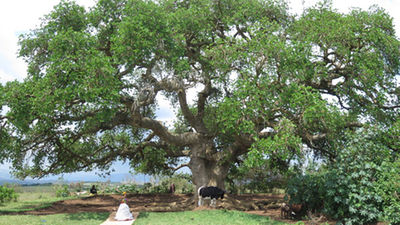
WEIGHT: 53 kg
Breast: Medium
One HOUR:80$
NIGHT: +60$
Sex services: Receiving Oral, Naturism/Nudism, Lesbi-show soft, Massage Thai, Disabled Clients
This practice ensures that babies receive colostrum from their mother. Breastfeeding has many health benefits for both the mother and infant. To reduce infant mortality and ill health, the World Health Organization WHO recommends that all mothers breastfeed their infants within one hour of birth, continue breastfeeding exclusively for the first six months, and start complementing breastmilk with other foods beginning at six months to at least 24 months. In many parts of the world, the rates of early initiation of breastfeeding are extremely low.
Therefore, as part of this study biological mothers of children less than 24 months were asked about the time when they first breastfed their children after birth. See figure 2 for more details, by district. Figure 2. Ntungamo district does not stand out as a priority, since all SAs performed above 80 percent. In the EC region, among SAs within Namutumba district, Bulange and Namutumba sub-county SAs were performing below the district average coverage; therefore, they need to be prioritized for interventions.

Exclusive Breastfeeding Under Six Months For the first six months of life, an infant should receive only breastmilk, without any other liquid or solid foods; even water is unacceptable. However, drops or syrups of vitamins, mineral supplements, or medicines are allowed. The survey investigated this practice among biological mothers of children 0—5 months old. They found that In the EC region, the survey showed findings at See figure 3 for additional details.
It should be noted, however, that the differences in annual performance could not prevail because the sample size for the 0—5 months age group used to collect data in was too small; that is why results at the district level are not available in the baseline year. Figure 3. Percentage of Infants 0—5 Months Who Were Exclusively Breastfed the Previous Day Continued Breastfeeding at One Year From six months on, all babies need complementary foods, because breastmilk can no longer meet the increasing caloric and other nutritional needs of the child.
However, breastmilk is an important source of energy with high-quality nutrients; therefore, it is expected that the mother will continue until the child is two years old.



































